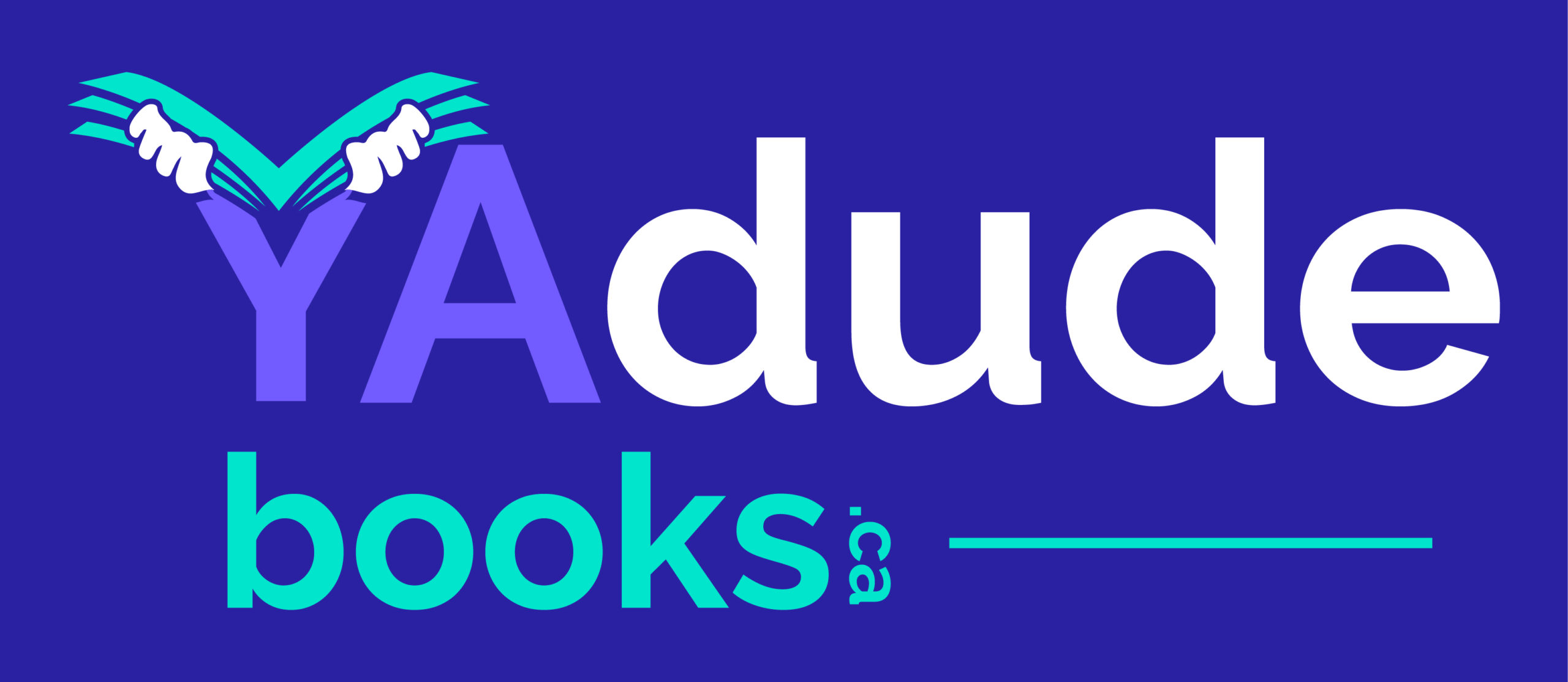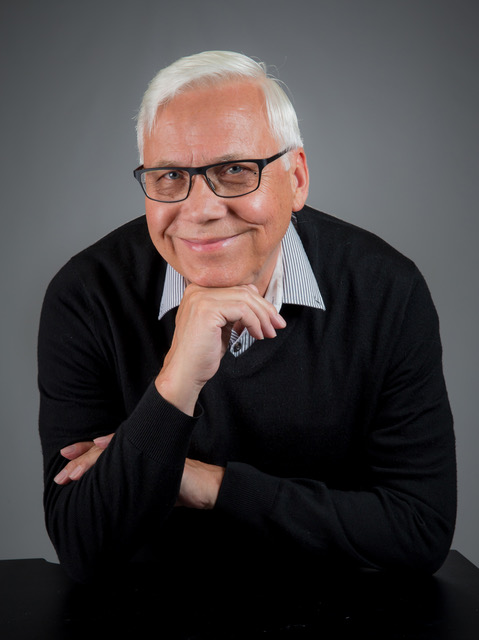Glen Huser is a library-consultant-turned-author who has won many prestigious awards. His first novel was Grace Lake, developed from an Edmonton Journal prize-winning play and nominated for the W.H Smith/Books in Canada First Novel Award. He has also written Touch of Clown (Mr. Christie Silver Medal), Jeremy’s Christmas Wish, Stitches (Governor General’s award and Alberta’s R.Ross Annett Award) and Skinnybones and The Wrinkle Queen (Governor General’s silver medal).
Aside from his novels, Huser has made an impact as the founder and developer of Magpie, an Edmonton Public Schools quarterly that showcased writing and graphics by students. He completed two years in teacher education at the University of Alberta before both teaching and reviewing films for a weekly community and entertainment magazine. Eventually he completed his degree in education and then, with a creative thesis, a Masters of Arts in English.
In his spare time Huser has reviewed children’s and young adult books. He has also worked as a student teaching advisor, sessional instructor and language arts resource writer.
Following his retirement from Edmonton Public Schools, Huser worked as a writer-in-residence at a number of schools, then developed and taught the Writing for Children and Young Adults component of University of British Columbia’s online MFA in the Creative Writing program. He lives in Vancouver, Canada, where he continues to write and pursue interests in art and film studies.
His most recent novel, Burning the Night (for adult readers) takes a look at the world of Canadian art and music during the time of the first World War from the point of view of a young gay man growing up in Edmonton in the 1960s and 70’s. Check him out at https://www.glenhuser.com/main/
Q: As a teacher-librarian and author, tell us why it seems more difficult to get boys to read.
A: When I worked as a teacher-librarian, I had a good deal of success getting boys to read but I realize that there often is a disparity between the sexes in children’s and young adults’ motivation to read. There’s a historical context here as we look back to a time when what boys and girls did in their leisure time was more codified. The picture of a girl playing with dolls, sewing or curled up with a book was a common one, while boys were expected to be tinkering with machines, out fishing or playing football. These stereotypes have largely disappeared but not totally, and I think there is, of course, still a push to have boys doing “boyish” activities—and reading is not high on that list. Girls are increasingly encouraged to get into sports but they can still comfortably curl up with a book.
Q: What are the best strategies for resolving that?
A: So much depends on the interactions a child or young adult has with the grown-up world. Mentorship is important. In the schools where I worked as a teacher-librarian, I did everything I could to show my own excitement about literature. I visited classes on a weekly basis, reading aloud from books that had wide appeal, often pausing at a cliff-hanging point, indicating that their homeroom teacher might want to continue with the whole book, or we could develop a waiting list for those wanting to check it out. In parent-teacher meetings and school newsletters, I emphasized how crucial it was to have books in the home and for parents to read aloud to their children(and vice versa)—and being seen as readers themselves.
I invited authors in to do workshops and presentations. I’ll never forget the smiles on boys’ faces and their exuberant laughter as Martyn Godfrey talked about how his own experiences led to writing such hits as Please Remove Your Elbow from My Ear or It Seemed Like a Good Idea at the Time. No trouble selling these books to them. Of course there is an identifiable difference between topics that tend to interest boys and those that interest girls (although there are always crossovers) so, in developing my school library collections, I made sure there was a good deal of fiction and nonfiction with particular appeal to primary-aged boys as well as adolescents. Increasingly, authors were crafting narratives aimed at boys who loved hockey or skate-boarding or deep-sea diving. Or survival stories such as Hatchet by Gary Paulsen. Nonfiction books on weird and wonderful animals were popular, as were books on how things were built and functioned in our modern times. Dinosaurs, space travel, jokes and humour—I built up these sections. The Guinness Book of World Records—how many copies of that got worn out in a single year?
Q: Can you comment on the difference between growing up LGBTQ+ many years ago and the scene now, esp. in terms of books and role models available?
A: We have all seen the strides that this community has made in recent decades, reflected in the literature available now that is inclusive. It is not unusual to find this demographic represented in central or secondary characters in fiction and addressed in a positive way in nonfiction. In the 1950s when I was in grade school, it was a very different world. There wasn’t even really a language (that wasn’t pejorative) available to help reflect on or discuss these aspects of sexuality. I was a fairly effeminate boy but I was fortunate in that my family allowed me to follow my own interests, so I was often curled up with a book or creating costumes for my sisters’ cut-out dolls while my older brother was out playing hockey or hunting with Dad. I knew I was different in some way but it wasn’t something I—or anyone else—talked about and I remain closeted well into adulthood. When I wrote Stitches, I felt it important to present a character who is driven to be true to himself even if he doesn’t know exactly what that is. Travis is “effeminate”—he loves sewing and putting on puppet plays—but I felt it worked best to keep this on a level that allows the reader to considerhow each of us can be different and how these differences enrich our world. I chose not to explicitly confront his sexual disposition and bring gay issues centre stage.
Q: What is the legacy you’d most like to leave through your writing?
A: Oh—that’s kind of scary. Legacy. I can’t help thinking of Mark Twain declaring “the report of my death has been grossly exaggerated.” But I guess it is something to think about. I hope that the fiction I have written for older children and young adults survives as literature—that thirty years from now Stitches or Skinnybones and the Wrinkle Queen orFirebird can be enjoyed in the same way that I enjoyed Anne of Green Gables and The Prince and the Pauperand The Secret Gardenwritten many decades before my own reading of them. While my novels often include “gay” characters, I believe they are, more importantly, characters whose humanity is their defining feature and who will continue to have something to offer as we consider what it means to be a good person.
Q: Who are some of your favorite YA authors and why?
A: Some favourites (not mentioned in any of the above)—a mixed bag!:
Aristotle and Dante Discover the Secrets of the Universe by Benjamin Alire Saenz
The Fault in Our Stars by John Green
The Perks of Being a Wallflower by Stephen Chbosky
The Book Thief by Marcus Zusak
Calvin by Martine Leavitt
No Fixed Address by Susin Nielsen
To Kill a Mockingbird by Harper Lee
Tuck Everlasting by Natalie Babbitt
Shane by Jack Schaefer
Why? Good literature like good music resonates because everything is working—the right words, the right notes. You want to listen to the song over and over again in the same way that you can pick up a book and revisit it with pleasure.
Q: What insights did being a teacher-librarian give you as an author?
A: Being a teacher-librarian helped me to become aware of some of the gaps I was noticing in my bookshelves—spots that needed filling. I’ve always enjoyed decking up my school libraries for Halloween and presenting something as awesome as possible for story hours. I was hard-pressed to find material that was scary but not too scary for younger children. I didn’t want to be giving them nightmares. This was the impetus for writing The Elevator Ghost in which an eccentric babysitter tells somewhat scary tales to the groups of children she tends in an old apartment building. Any chapter could work as a read-aloud for kid in grades two to four. So much fun to write!
If you are teaching Canadian history, there is very limited material on the shameful internment of thousands of Ukrainian immigrants in concentration camps all across Canada during World War I. It’s a dark chapter but one that should be better known and that is what prompted me to write Firebird.The narrative follows Alex Kaminsky, a fourteen-year-old Ukrainian boy, survivor of a fire that consumes the farmhouse where he has been living, who goes searching for an older brother, Marco, an itinerant farm hand who has disappeared. The younger brother eventually discovers him in the camp in Banff, where Marco is near death from the terrible conditions.
My experience of working in schools also provided background material for other novels, such as the teaming up of classes with senior centres in Skinnybones and the Wrinkle Queen, in which Tamara, a girl in foster care, teams up with an iron-willed retired teacher, on a runaway trip that goes from Edmonton to Seattle to Vancouver before a return to Edmonton.
I’m a teacher at heart (and from experience) so that has been a great help in writing scenes in which schools play a part in my books.

